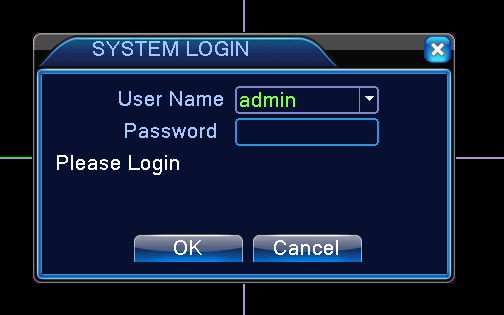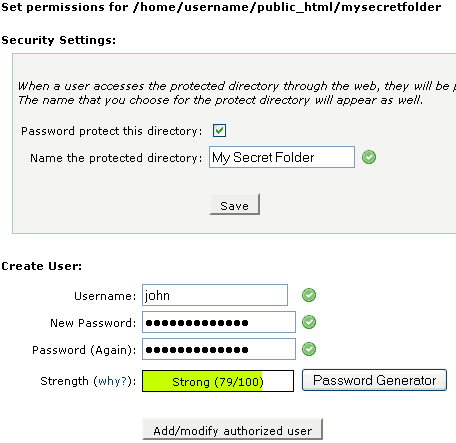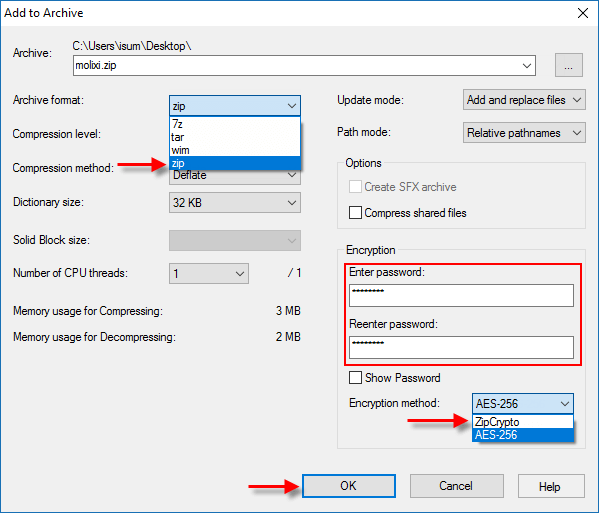

- Set password printopia 3 manual#
- Set password printopia 3 full#
- Set password printopia 3 trial#
- Set password printopia 3 windows#
LAPS on Windows devices can be configured to use one directory type or the other, but not both. Intune policy for Windows LAPS can configure a device to back up a local administrator account and password to one of the following Directory types: With Azure AD Free, you can use all the features of LAPS.
Set password printopia 3 trial#
You can also use Windows LAPS with a free trial subscription for Intune.Īctive Directory subscription – Azure Active Directory Free, which is the free version of Azure AD that’s included when you subscribe to Intune. Intune subscription - Microsoft Intune Plan 1, which is the basic Intune subscription. The following are requirements for Intune to support Windows LAPS in your tenant: Licensing requirements Intune policy for LAPS uses these settings to configure the LAPS CSP on devices.
Set password printopia 3 full#
Windows LAPS CSP – View the full details for LAPS settings and options.What is Windows LAPS? – Introduction to Windows LAPS and the Windows LAPS documentation set.To learn about Windows LAPS in more detail, start with the following articles in the Windows documentation:
Set password printopia 3 manual#
View reports – Intune provides reports on password rotation including details about past manual and scheduled password rotation. You can also see when that password was last rotated (reset) and when it's next scheduled to rotate. View account details – Intune administrators with sufficient role-based administrative control (RBAC) permissions can view information about a devices local admin account and its current password. You can also manage how long the device waits after the password expires before taking these actions. Actions range from resetting the managed account to use a new secure password, logging off the account, or doing both and then powering down the device. Configure post authenticating actions – Define actions that a device takes when its local admin account password expires. Passwords are stored using strong encryption. Backup accounts and passwords – You can choose to have devices back up their account and password in either Azure Active Directory (Azure AD) in the cloud, or your on-premises Active Directory. You can also use the Intune admin center to manually rotate the password for a device as a device action. Rotate passwords – With policy you can have devices automatically rotate the local admin account passwords on a schedule. Set password requirements – Define password requirements including complexity and length for the local administrator account on a device. Intune support for Windows LAPS includes the following capabilities: Intune's use of the CSP replaces the use of Legacy Microsoft LAPS or other LAPS management solutions, with CSP based taking precedence over other LAPS management sources. Intune LAPS policy manages the settings available from the Windows LAPS CSP. Managing LAPS with Intune can also help improve security for remote help desk scenarios and recover devices that are otherwise inaccessible. Use of Intune LAPS policies helps you protect Windows devices from attacks that are aimed at exploiting local user accounts like pass-the-hash or lateral-traversal attacks. You can also view details about the managed local admin accounts in the Intune Admin center, and manually rotate their account passwords outside of a scheduled rotation. Schedule rotation of those account passwords to help keep them safe.  Back up a local admin account from devices to your Active Directory (AD) or Azure AD.
Back up a local admin account from devices to your Active Directory (AD) or Azure AD. 
 Enforce password requirements for local admin accounts. You can use Microsoft Intune endpoint security policies for account protection to manage LAPS on devices that have enrolled with Intune. Windows devices include Windows Local Administrator Password Solution ( LAPS), a built-in solution to help manage local admin accounts. Securing this account is an important step in securing your organization. Every Windows machine has a built-in local administrator account that can’t be deleted, and which has full permissions to the device.
Enforce password requirements for local admin accounts. You can use Microsoft Intune endpoint security policies for account protection to manage LAPS on devices that have enrolled with Intune. Windows devices include Windows Local Administrator Password Solution ( LAPS), a built-in solution to help manage local admin accounts. Securing this account is an important step in securing your organization. Every Windows machine has a built-in local administrator account that can’t be deleted, and which has full permissions to the device.








 0 kommentar(er)
0 kommentar(er)
